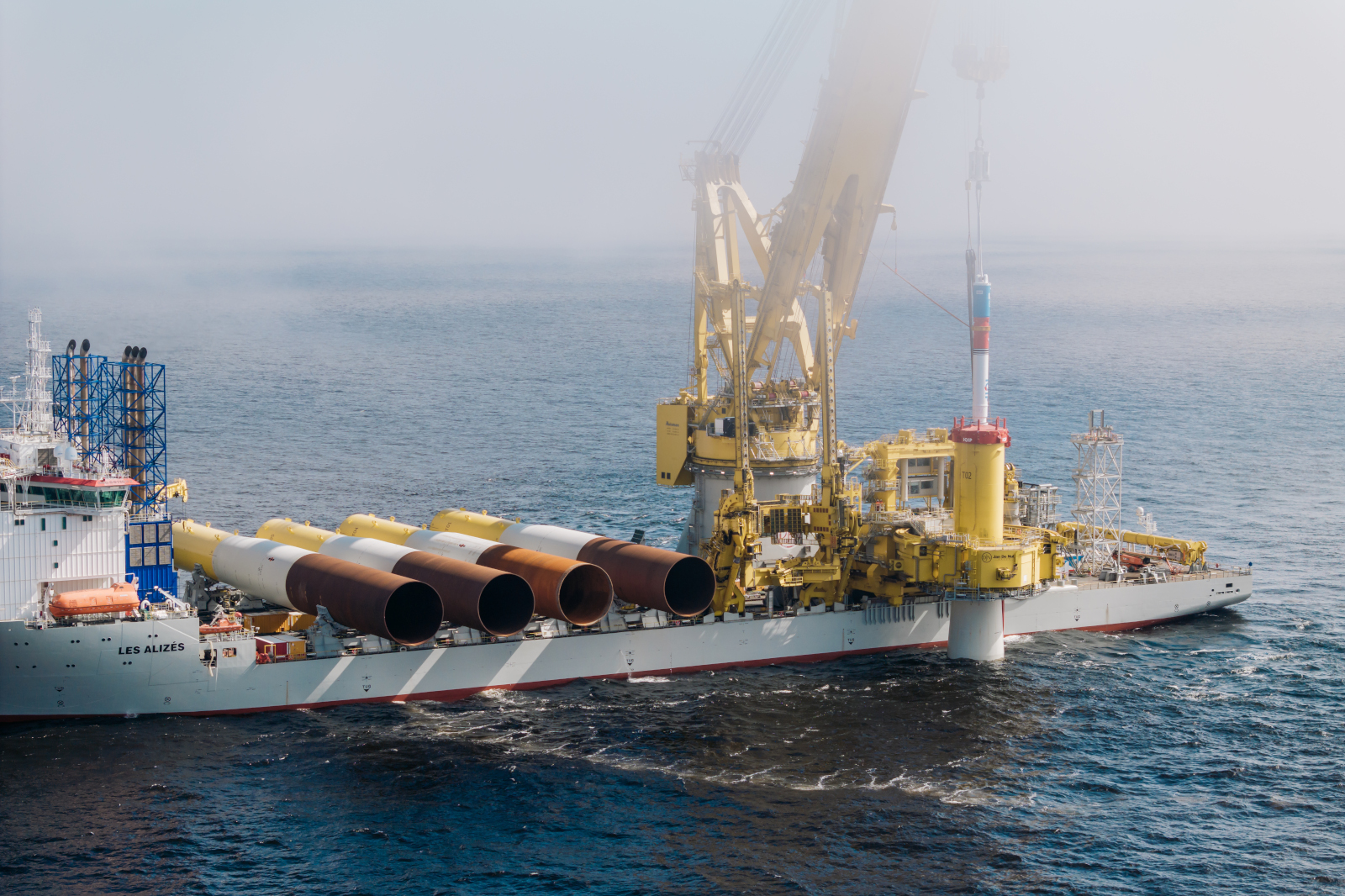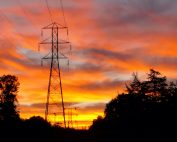The war in Ukraine has also affected the wind energy sector. In recent years, Ukraine has made significant progress in the development of wind power, making it one of the European leaders of the RES sector. Many ambitious plans have to be postponed by the industry, but they are not giving up. Ukraine has plans to develop offshore wind energy. Andriy Konechenkov, Chairman of the UWEA Board and Kateryna Knysh, Head of Analytical Department at UWEA explain in a special commentary for BalticWind.EU’s quarterly report.
Article comes from BalticWind.EU Country Report POLAND Q2 2022
Representatives of the Ukrainian industry association indicate, in response to questions from BalticWind. EU, that Ukraine has made significant progress in wind development in recent years. The total installed capacity of the wind power sector reached 1,7 GW by the end of 2021. 699 wind turbines with average nameplate capacity of 3.5 MW installed at 34 WPPs generated green electricity in Ukraine before russia’s invasion of Ukraine. Thus, in 2021, Ukraine generated 3,866 mln kWh of green electricity from wind – 2.5 % of the national electricity supply (all power plants of Ukraine generated 156 601 mln kWh).
Today, wind energy remains the second most developed renewable technology in Ukraine. The share of wind accounts for 19.8 % of the total RES capacity installed in Ukraine and 2.72 % – of the national power capacity.
2022 could have been another record year for Ukraine’s wind power sector with the annual wind additions of 1 GW, according to the forecast by the Ukrainian Wind Energy Association made at the end of 2021. Moreover, another 4 GW of wind that has already received a building permit was expected to drive additional wind capacities installed between 2023-2026. It is remarkable that most of these new wind projects feature the latest turbine technologies where wind turbine nameplate capacity averages from 6 MW and up.
It should be noted that so far, the main driving force for wind development has been feed-in tariff. To accelerate wind development, such predictable market-based mechanisms with a purpose to drive investments as wind auctions and contract for difference were expected to be introduced in Ukraine still in 2022.
Potential of offshore wind in Ukraine
Based on the pre-war business and market conditions, the UWEA forecasted total installed capacity of the Ukrainian wind power sector for at least 7 GW plus the first 300 MW of offshore wind by 2030. Among all countries of the Black Sea region, Ukraine has a great potential for the development of offshore wind power. According to the World Bank, the total theoretical technical potential for the development of offshore wind power in the Black Sea and shallow waters of Ukraine reaches 250 GW for both floating and fixed WPPs.
Despite the fact that this indicator is theoretical, it clearly demonstrates that Ukraine has to move towards the development of offshore wind power following all leading maritime countries of the European Union. Moreover, offshore wind power could contribute greatly to delivering Ukraine’s ambitions on renewable hydrogen production – says Kateryna Knysh.
Recognizing the untapped potential of offshore wind power in Ukraine, in 2020 the UWEA started promoting this technology in Ukraine and early in 2021 the association published the White Paper “Offshore wind energy and green hydrogen: new frontiers of Ukraine’s energy potential” .
To facilitate offshore wind development in the region in September 2021, the Ukrainian Wind Energy Association and the Offshore Wind Energy Association of Turkey initiated the establishment of Black Sea Offshore Wind Energy Federation.
Ukraine’s wind power market has promising potential, both for onshore and offshore developments. The average capacity factor of onshore WPPs in the south of Ukraine ranges from 38% to 40%, indicating a huge wind resource in Ukraine, while the sea wind may show even more striking figures. The russia’s invasion of Ukraine has put on hold all projects that were already in development and construction phase, Andriy Konechenkov says.
Challenges for Ukraine in wind energy
According to Konechenkov and Knysh, the biggest challenge for Ukraine in developing the wind power sector in particular and renewables in general is the country’s historical dependence on fossil fuels both imported and their own. The power system of Ukraine is characterized by a predominant share of baseload capacities (mainly nuclear and thermal), which have already exhausted their park resources. The overtime operation of some thermal power plants has already exceeded 270,000 hours on average (with design life limits of up to 200,000 hours) while 12 nuclear power units, out of 15, have already reached the end of their 30-year design lifespan and their operating licences have already been extended for another 10 – 20 years. Another 1 000 MW will reach the end of the designed 30-year lifetime in 2026.
The Ukrainian-russian war has already demonstrated vulnerability of the countries that are completely dependent on nuclear power. By seizing the largerst nuclear power plant in Europe – Zaporizhzha NPP – russia intensified nuclear terrorism threatening not only to Ukraine’s nuclear safety but to the whole world.
New electricity generating technologies based on renewable energy sources have to replace obsolete fossil fuel capacities and thus not only rehabilitate the power system but also make it safer and eco-friendly.
As for today, it is fair to say that the RES market of Ukraine is showing signs of wariness. On the positive side, the President of Ukraine has committed Ukraine to gradually shift away from coal by 2035 and declare a large-scale green transition within the integration into the EU. The Ukraine Recovery Plan by 2032 presented by the Ukrainian Government at Ukraine Recovery Conference held in Lugano in early July, provides for 5 – 10 GW of wind and solar capacities and 30+ GW of RES capacity for the production of renewable hydrogen to be installed in the country by 2032.
On the negative side, the Government tries to reduce the payments for green electricity, impose a green label on nuclear power and finally, increase the nuclear capacities.
Therefore, the key challenge for Ukraine’s RES market today is the inconsistency of energy policy, the gap between words and real actions. In 2019, Ukraine entered the TOP-10 countries in terms of the fastest pace of green energy development. In 2022, the whole world unites to give up dirty power sources and switch to renewables. Ukraine, as a country that considers itself as a part of Europe, a country that has survived the Chernobyl disaster, a country that has been fighting for its energy independence for 30 years and four months already, should not let the moment pass. Ukraine’s post-war reconstruction should be based solely on renewables with wind at its core. We should not extend the life of obsolete and dangerous energy infrastructure…
The full article you can read in report available here: https://balticwind.eu/balticwind-eu-country-report-poland-q2-2022/
Source: BalticWind.eu Quarterly Country Report Poland/Q2 2022














